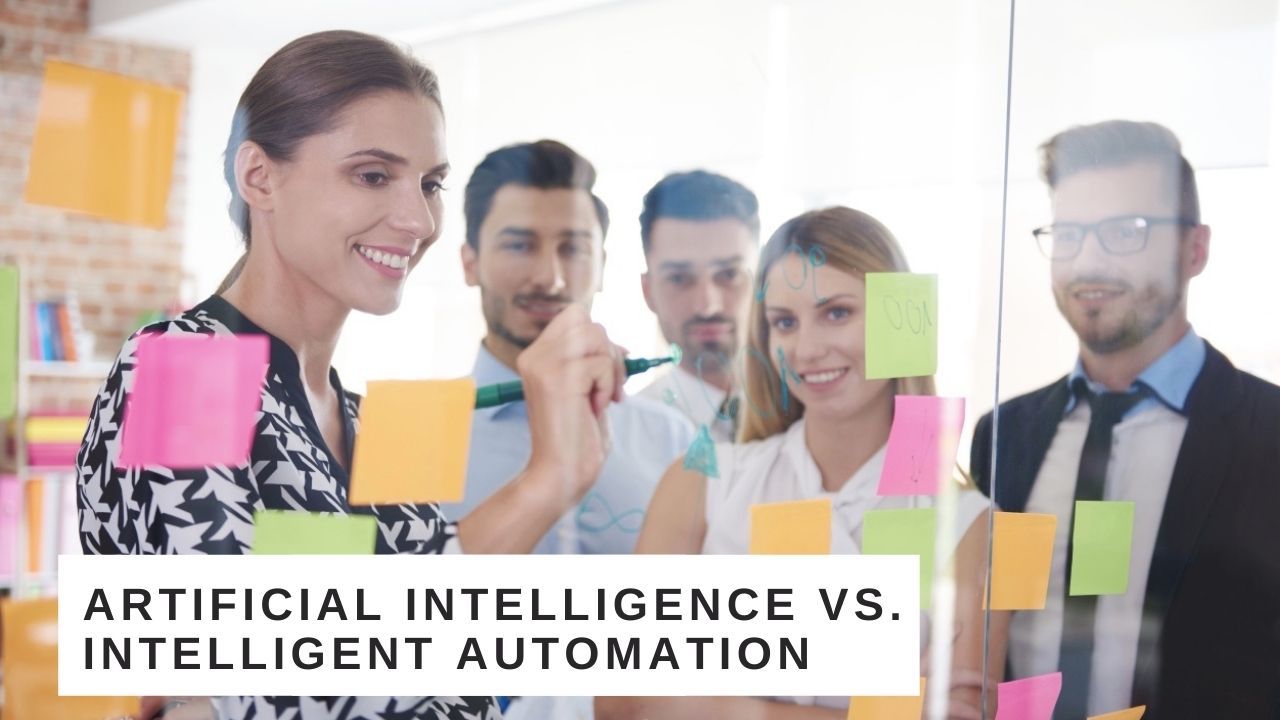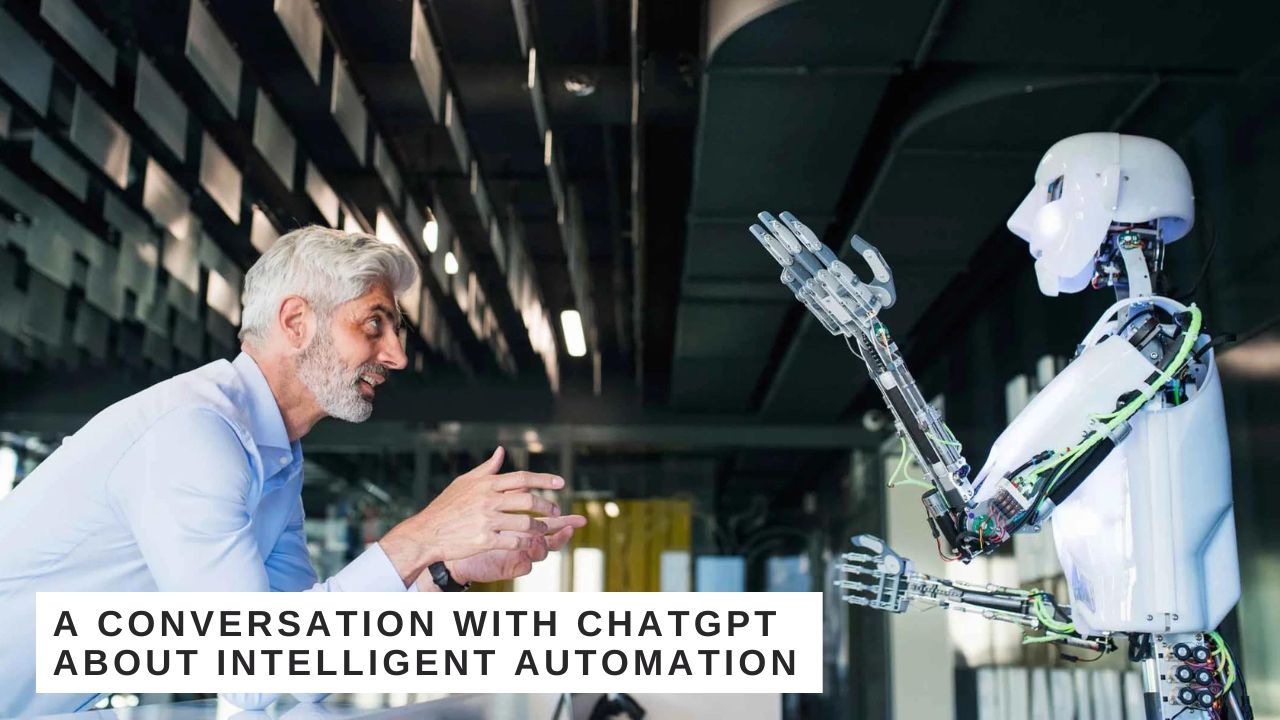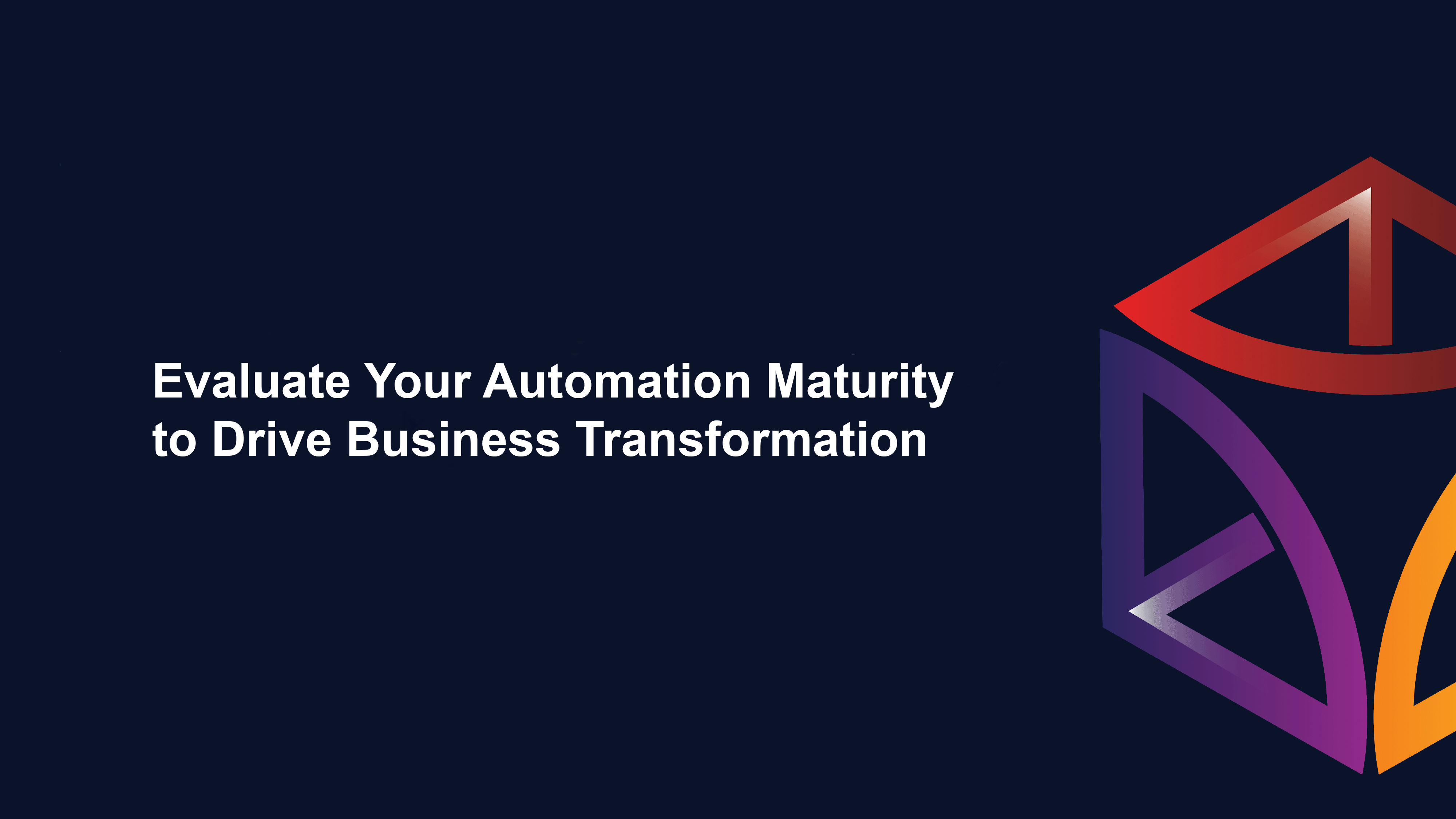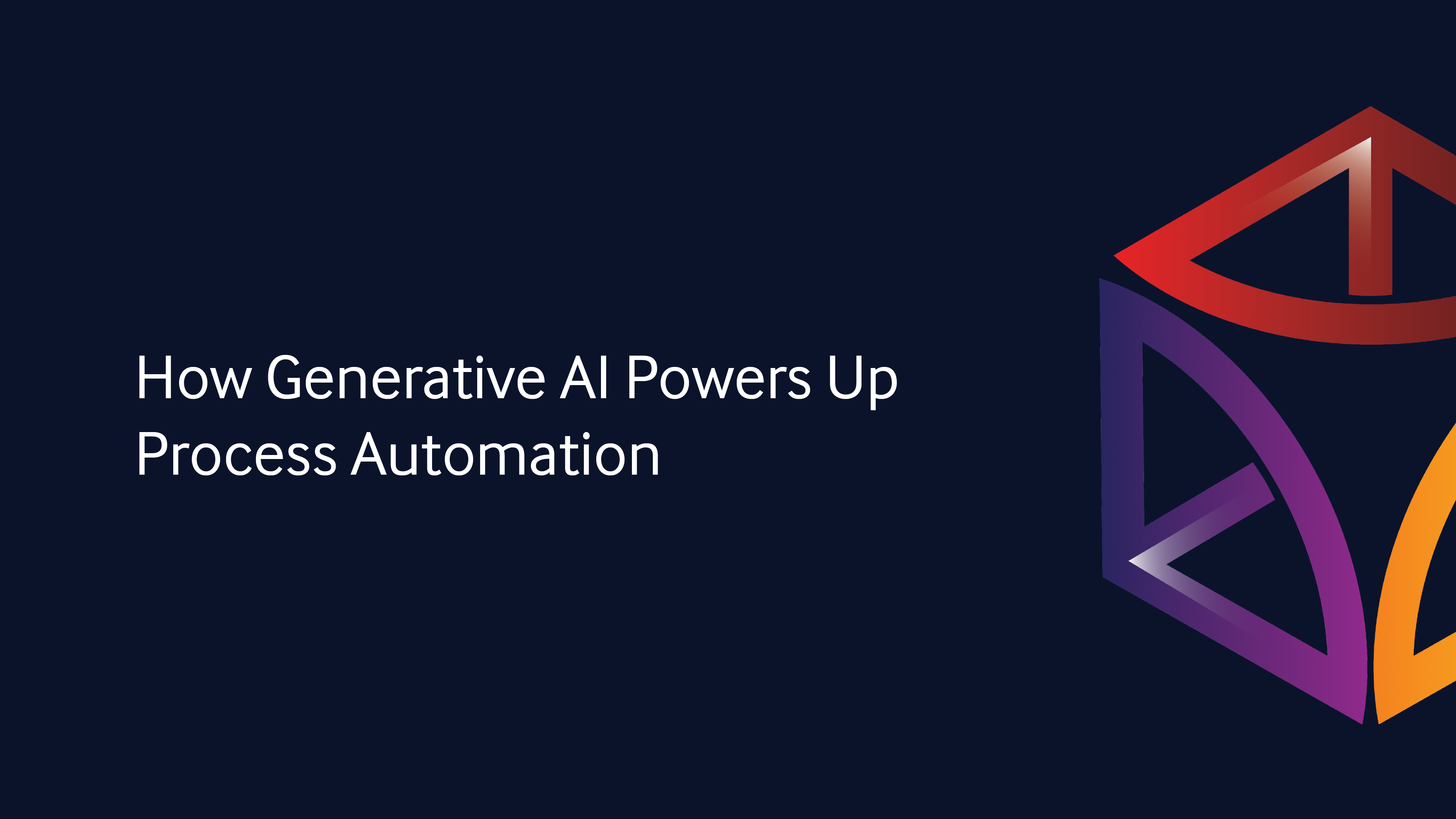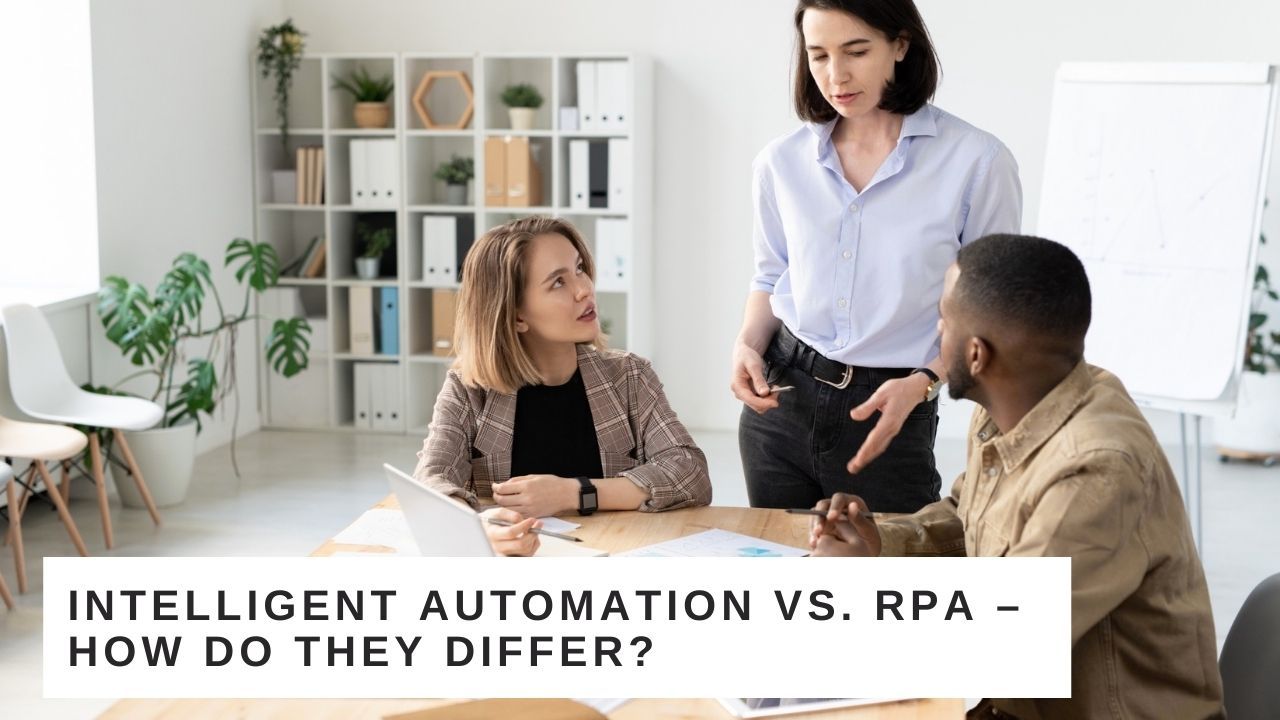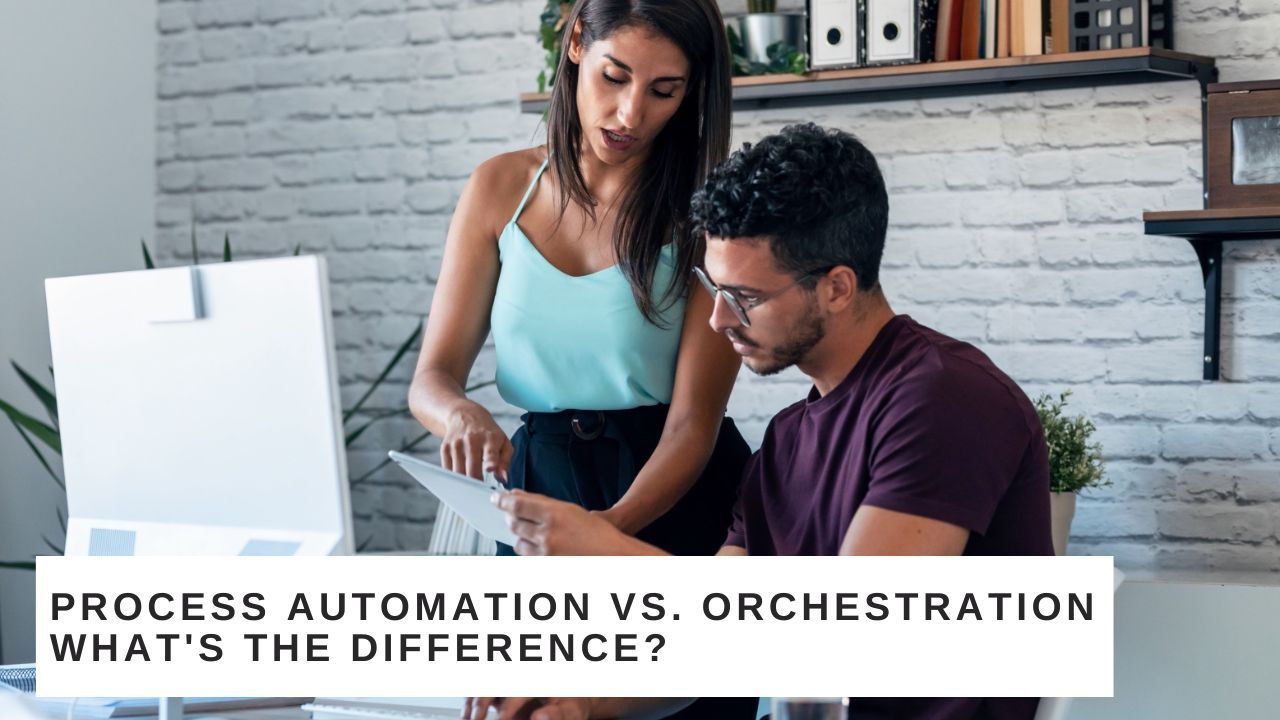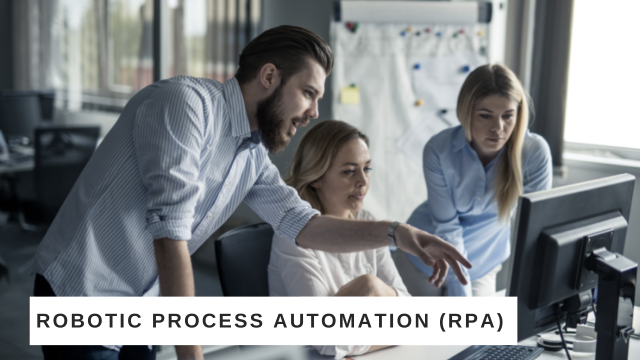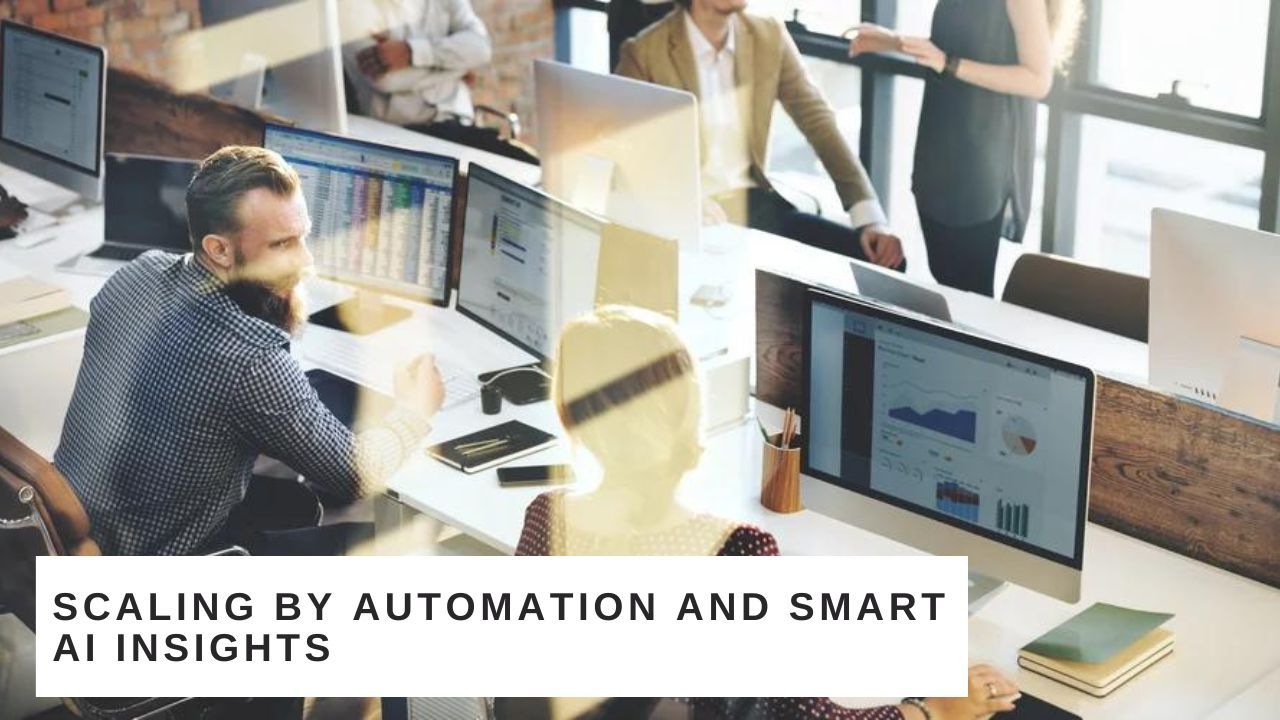Intelligent Automation vs. RPA – How Do They Differ?
RPA leverages software bots that mimic human activity in completing repetitive tasks like filling in digital forms, creating reports, moving files, and extracting data. On the other hand, intelligent automation automates tasks and processes based on unstructured data to help people make faster, more informed decisions.
7 minutes read

For the uninitiated, IA and RPA may sound like two other acronyms in a long list of confusing tech jargon. But digging a little deeper reveals that these acronyms represent the most widely used approaches to automating business processes toward lowering costs, improving efficiency, and freeing up your team's time to work on tasks that have a more significant bearing on your organization's bottom line.
In recent years, the cost of business automation has plummeted, and emerging technologies have made automation easy to use; automation is now at the heart of forward-leaning organizations that want to deliver value continuously.
This article will explain intelligent automation vs RPA, how they differ, and business scenarios where they find their use.
What is Intelligent Automation, and How is it Different from RPA?

In explaining intelligent automation vs robotic process automation, it would be helpful first to understand each of them.
RPA stands for robotic process automation. It refers to a technology that leverages software bots that mimic human activity in completing repetitive tasks at a computer like filling in digital forms, creating reports, moving files, and extracting data. RPA combines user interface (UI) and APIs using scripts that emulate human workflows and processes across several software systems.
On the other hand, intelligent automation (IA), also known as intelligent process automation (IPA), is a broader term incorporating RPA, no-code data integration, machine learning, artificial intelligence, intelligent document understanding, and natural language processing (NLP) to automate a range of processes and tasks often based on unstructured data. IA leverages artificial intelligence technologies to simulate human intelligence and provide techniques and tools to successfully carry out high-functioning tasks requiring reasoning, analysis, judgment, and decision-making.

Intelligent automation includes:
- No-code data integration
- Predictive analytics and artificial intelligence
- Real-time data analytics
- Process orchestration
- Data governance.
Robotic process automation vs intelligent automation: how does robotic process automation differ from intelligent automation? Let's list down the main differences between the two:
RPA vs intelligent automation: RPA is part of intelligent automation
RPA is only one piece of the puzzle that is intelligent process automation. On the other hand, intelligent automation merges RPA with the more advanced technologies like process mining, machine learning, and natural language processing to provide a comprehensive digital transformation solution.
Intelligent process automation vs RPA: RPA is for repetitive, mundane tasks
Robotic process automation uses software bots to automate mundane, repetitive, and routine processes, minimizing human involvement and making it possible to carry out high volume, high speed, and error-free tasks. The tasks often include transactions, calculations, queries, and maintenance of records. IA finds its groove in scenarios where a business needs end-to-end process automation.
In What Industries Do Organizations Use Intelligent Automation Vs RPA?
Intelligent automation and RPA have had a tremendous impact in various industries, including:
- Banking and finance
- Healthcare
- Telecommunications
- Retail and e-commerce
- Hi-tech and Biotech
- Manufacturing
- Government.
Banking and finance
The use of RPA in the global banking and finance industry will reach $4.8 billion by 2030. Customer information and appointments are retrieved using RPA. Customers may utilize this technology to select the best financial product for their needs. RPA bots can even renew an insurance policy. The world of finance has seen an exponential increase in the use of artificial intelligence.
IA can be used to improve a wide range of applications in banking, including processing incoming and outgoing transactions. Intelligent robotic process automation reduces reliance on employees and makes it easier to resolve customer payment issues. Also, it is instrumental in risk management by helping customers know the risks associated with certain transactions.
Healthcare
RPA is essential in automating manual, repetitive operations in healthcare facilities, such as preparing and ingesting insurance claims and health records, as well as scheduling and canceling appointments. IA makes perfect sense in healthcare automation scenarios where data within workflows can potentially change the tasks to be performed.
Telecommunications
In the telecommunications sector, RPA can help in automating processes such as customer service requests, phone number portability, and fraud detection. IA is widely used to automate complex processes that require a higher degree of analysis and decision-making.
Retail and e-commerce
The retail industry is one of the biggest adopters of RPA. RPA can help automate tasks such as order processing, price comparisons, and inventory management. IA can be used to personalize the customer shopping experience by providing recommendations based on their purchase history.
What are the Benefits of Intelligent Process Automation?
Intelligent automation enables people to make faster, more informed judgments by leveraging agile methods and sophisticated, smart technologies.
The key benefits of intelligent automation in business enterprises include:
- Automating day-to-day workflows - Automating internal workflows makes day-to-day processes faster and allows employees to focus on more critical tasks.
- Quick identification and correction of errors - Incorporating IA in a business enterprise reduces the possibilities of human error because machines and artificial intelligence technologies work as they've been configured. Intelligent automation can help businesses identify errors quickly and correct them in real-time.
- Providing a better customer service experience - Organizations that use intelligent automation can respond faster to customer queries, which ultimately positively impacts customer experience.
- Optimizing the workforce productivity - Businesses can redeploy their workforce to work on more strategic tasks by automating low-value and high-volume tasks. This results in increased employee satisfaction and productivity.
- Simple and cost-effective implementation - Intelligent automation can be easily implemented in any business without needing a major overhaul of the existing infrastructure. Also, IA technologies are relatively cheaper and easier to maintain compared to the technologies that have been used in the past.
Key Takeaways
Here are some key takeaways from this piece:
- RPA can automate repetitive, rules-based tasks, like moving files and folders, copying and pasting data, filling in forms, or scraping web browsers.
- Intelligent automation is different from RPA in that you can use it to automate complex processes that require a higher degree of analysis and decision-making. It incorporates RPA, machine learning, AI, and natural language processing.
- Using IA and RPA on the same business process, you can automate and optimize your business from a tactical and process perspective. Also, you can accelerate the decision-making process using real-time insights.
Feel free to contact the Put It Forward team if you're considering intelligent automation and robotic process automation for your organization.

Elsa Petterson
Partner success manager @ Put It Forward
